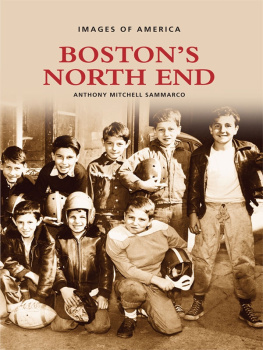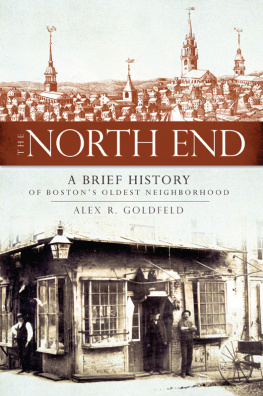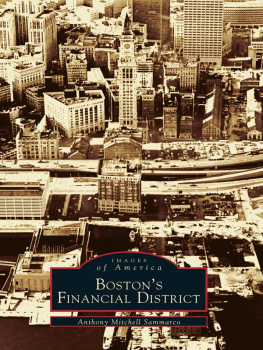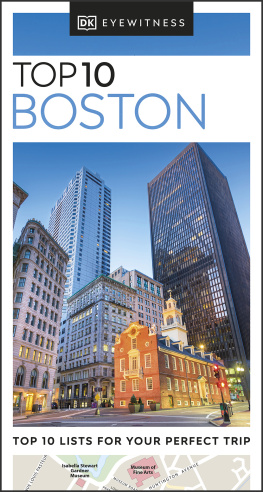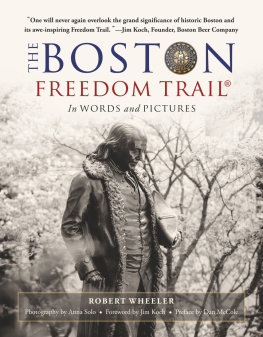
All the information in this guidebook is subject to change. We recommend that you call ahead to obtain current information before traveling.
To buy books in quantity for corporate use or incentives, call (800) 962-0973 or e-mail premiums@GlobePequot.com.
Copyright 2011 by Morris Book Publishing, LLC
ALL RIGHTS RESERVED. No part of this book may be reproduced or transmitted in any form by any means, electronic or mechanical, including photocopying and recording, or by any information storage and retrieval system, except as may be expressly permitted in writing from the publisher. Requests for permission should be addressed to Globe Pequot Press, Attn: Rights and Permissions Department, P.O. Box 480, Guilford CT 06437.
Editor: Kevin Sirois
Project Editor: Meredith Dias
Layout: Kirsten Livingston
Text design: Sheryl P. Kober
Map: Daniel Lloyd Morris Book Publishing, LLC
Original text by Robert Booth
ISSN 1559-1808
ISBN 978-0-7627-7298-8
Printed in the United States of America
10 9 8 7 6 5 4 3 2 1
To my husband Stephen,
I'm so glad you chose to walk the long path with me.
About the Author
Cindi D. Pietrzyk is a freelance writer and editor based in Connecticut. She has been writing and working in the publishing industry for sixteen years, both in-house and as a freelancer. She started her career as a journalist and worked for a year covering the beat before moving on to book publishing.
In 1998 she started Pietrzyk Publishing and in that capacity has worked as project manager, copy editor, proofreader, and writer. In addition to Boston's Freedom Trail, she has also contributed to Short Nature Walks: Connecticut (Globe Pequot Press) and served as editor of the 19th edition of The Connecticut Walk Book: East, published by the Connecticut Forest and Park Association. She is also co-owner of Coastal Editing (www.coastalediting.com), a web-based editorial services company.
Acknowledgments
So many people helped out with this edition of the book to make sure I had all the facts straight. Input from those who helped was invaluable. I thank each and every one of you for taking the time to review text and get back to me with changes, suggestions, and additions. Special thanks goes to Kristin Bezio and Theresa Cooney at King's Chapel; Patrick M. Leehey at the Paul Revere House; Bob Damon at Old North Church; Laura O'Neill, Margherita M. Desy, and Sarah Watkins at the USS Constitution Museum for all their input and help.
I simply can't thank Ethan Beeler of the National Park Service enough for fielding all of my e-mails and questions and taking the time to review seemingly endless text.
Also, my gratitude goes to Sam Jones for taking the time to read through the book, offer his opinions, point out common misconceptions, and not be afraid to tell me when I was just plain wrong. Your input was vital and set all the wheels in motion.
I can't forget my editor at Globe Pequot Press, Kevin Sirois, who never got tired of my need for clarification and whose vision for the book kept me on track. Thank you, too, to project editor Meredith Dias, the one who kept us all to the timeline and made sure it all came together.
Finally, to my family who trekked into the city with me and spent hours on the Trailyou are the best. To my daughters, Charley, Samantha, and Kaileythank you for putting up with all my hours at the computer and understanding when the laundry wasn't done and dinner wasn't ready.
Lastly, I would like to acknowledge all those volunteers and employees who work tirelessly along the Trail to keep history alive and preserve the past for upcoming generations. May you all never forget how important you are.

VISITOR INFORMATION
For many years the Freedom Trail in Boston was a concept without a name. In 1950 a Boston newspaperman, William G. Schofield, came to the realization that the greatest number of sites sacred to the beginnings of our republic anywhere in the United States were located in Boston, and moreover they were all within easy walking distance of one another. He decided something should be done to somehow mark a pathway to each site. His actions, with some help from others, resulted in what is now known as the Freedom Trail. For a complete history on how it happened, be sure to visit the Freedom Trail Foundation's website at www.thefreedomtrail.org.
Today, the Freedom Trail is one of the most popular walking tours in America. It covers 2.5 miles and is easy to follow if you pay attention. The path is marked by painted red lines or red bricks set into the pavement, and there are also signs along the way. You'll have to be on the lookout for the next site as you follow along. This book includes a chapter on each of the official sites, as well as sidebars on influential and colorful players of the time. This new edition also includes suggested Side Trips to nearby historic attractions that don't stray too far from the red line, as well as Pit Stops, points of interest where you might want to take a break from the proceedings and shop or grab a bite to eat.

PHOTO BY STEPHEN W. PIETRZYK
Many of the sites along the Trail are free and allow you to stop, visit, and explore, while the three museums along the Trailthe Old South Meeting House, the Old State House, and the Paul Revere Houseall charge admission. A discounted, combined admission to the Old South Meeting House and Paul Revere House is available in the form of a Patriots Pass, which can be purchased online at www.paulreverehouse.org/trail or http://store.thefreedomtrail.org/freedomtrailitems.aspx but can also be purchased at the Old South Meeting House. If your trip is in less than two weeks, it is recommended that you purchase the tickets once you hit town as opposed to online.
Brave the Cold
Don't assume that the Freedom Trail can only be enjoyed in the warm weather. Winter is an excellent time to see the sightswithout the crowds. Keep in mind, though, that the frequency of tours is reduced to once daily from December through March, and they leave from the Common only.
Seven of the sites along the Trail fall inside the Boston National Historic Park and are well staffed by Park Service Rangers. These sites include Old South Meeting House, the Old State House, Faneuil Hall, the Paul Revere House, Old North Church, USS Constitution (not the museum, though), and Bunker Monument and Museum. The National Park Service plays a large part in preserving these sites.
Wear Comfortable Shoes
Bear in mind that the Freedom Trail is a walking tour; do not attempt to drive it. Much of the Trail meanders through the twisting and curved, sometimes cobblestoned, streets that are the original paths and byways established by the first colonists, and many parts of the Trail are not accessible by car. The best way to see everything is to walk, but keep in mind that the Trail is not a loop. While you can start anywhere along the Trail, you will not eventually end up where you started unless you backtrack. If you don't wish to retrace your steps, either park a car at both ends, grab the ferry across the harbor, jump on the T, or navigate a shortcut back to your parking spot. The most convenient and logical starting points and parking areas are under Boston Common or near USS
Next page


